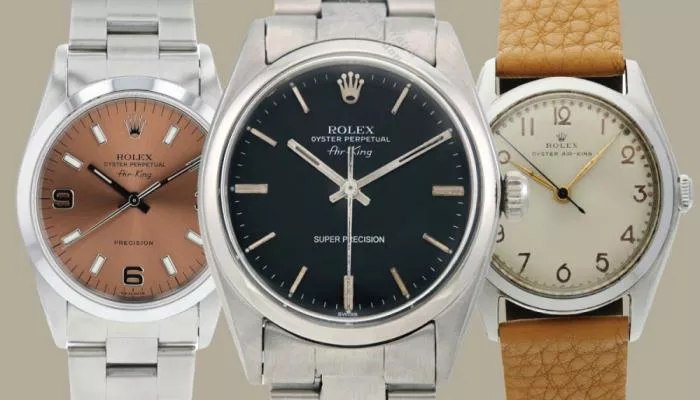In the ever-evolving world of watch collecting, trends shift as swiftly as they do in fashion, music, and art. The latest movement? A return to smaller, more refined timepieces—exemplified by celebrities like Tyler, the Creator and Timothée Chalamet sporting dainty Cartiers that would have been dismissed in the era of oversized sports watches.
But beyond the spotlight, another vintage classic is quietly making waves: the Rolex Bubbleback. While modern Rolex sport models fluctuate in value, the Bubbleback—a nearly forgotten relic from the 1930s—exists in its own pricing realm, untouched by market volatility. As collectors rediscover the elegance of compact, wrist-hugging designs, this historic watch may be poised for a resurgence.
What Is the Rolex Bubbleback?
Unlike official Rolex names like “GMT-Master,” “Bubbleback” is a collector-coined nickname for the brand’s earliest automatic Oyster Perpetual watches, produced from 1931 through the 1950s. Its distinctive “bubble” caseback, necessitated by the bulky rotor of its pioneering self-winding movement, gives the watch its quirky moniker.
The Bubbleback wasn’t just a technical milestone—it was a marketing triumph. Rolex founder Hans Wilsdorf ingeniously combined existing waterproof case technology with Harwood’s automatic winding system, creating a watch that minimized user interaction (and complaints). Early models, like the 1933 reference 1858, measured a modest 32mm—small by today’s standards but packed with horological significance.
A Collector’s Hidden Gem
While Bubblebacks were eclipsed by larger models like the Datejust and Explorer in the 1950s, they enjoyed a brief renaissance in the 1980s, when vintage charm trumped modern functionality. Today, they occupy a niche corner of the market, with prices ranging from under 10,000 for pristine, rare-dial variants.
However, collecting Bubblebacks isn’t for the faint of heart. Servicing these vintage movements is costly due to scarce parts and dwindling expert repairers. The automatic rotor’s delicate axle is particularly prone to wear, and original “California dial” examples are exceedingly rare—many were refinished decades ago by firms like Kirk Rich Dial Company.
Is a Bubbleback Revival Imminent?
With the current trend toward smaller, unisex watches, the Bubbleback’s compact proportions could appeal to modern collectors. Yet experts like dealer Ken Jacobs remain skeptical, citing maintenance challenges and limited availability of untouched specimens.
For those undeterred, the hunt requires patience, deep pockets, and a trusted seller. Alternatively, collectors might consider later 34mm Rolex models with more serviceable 1500-series movements—a compromise between vintage appeal and practicality.
One thing is certain: The Bubbleback’s legacy as the forebear of the modern automatic wristwatch ensures its place in horological history. Whether it stages a full comeback or remains a cult favorite, its story is a testament to Rolex’s enduring innovation.


